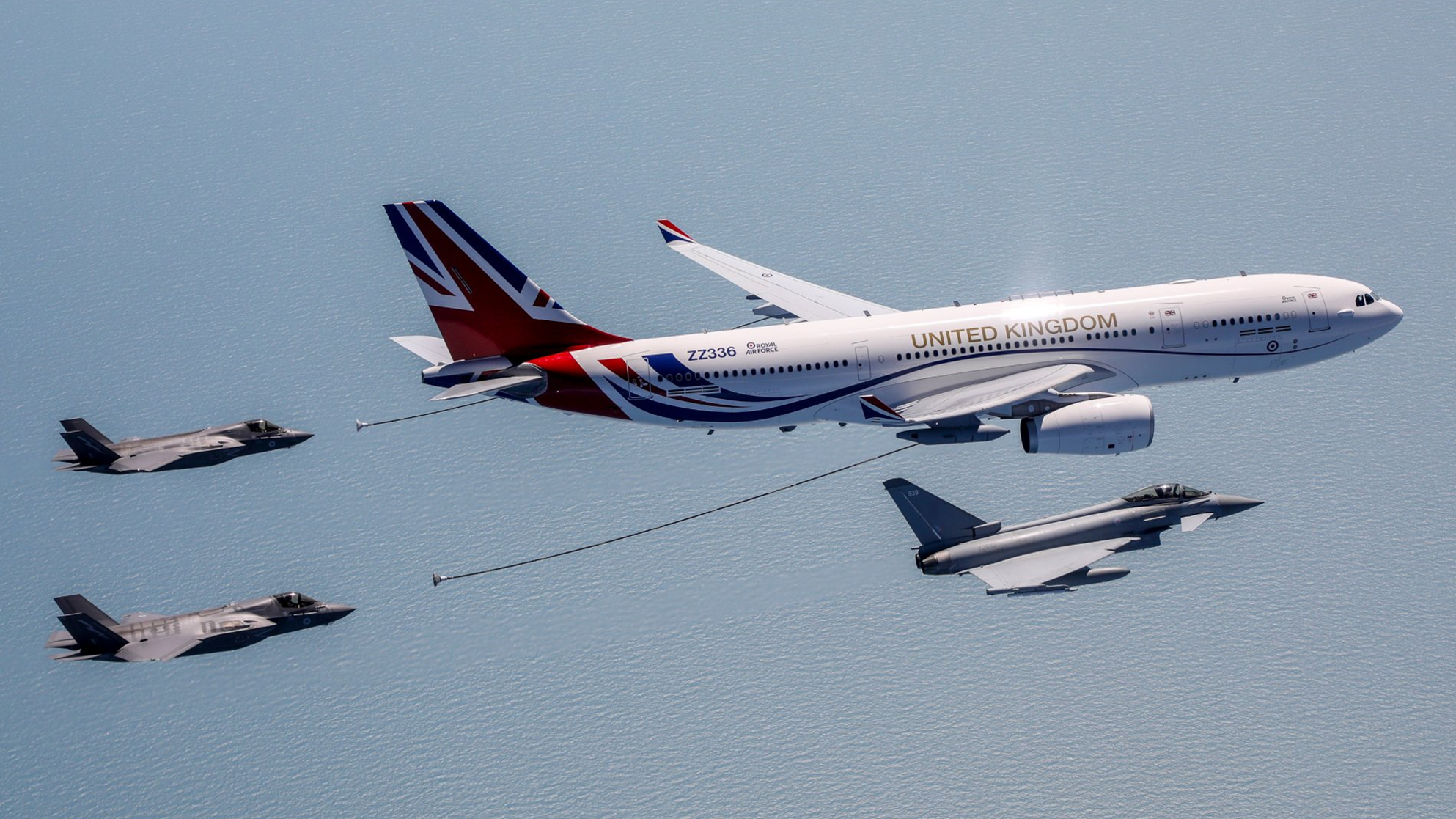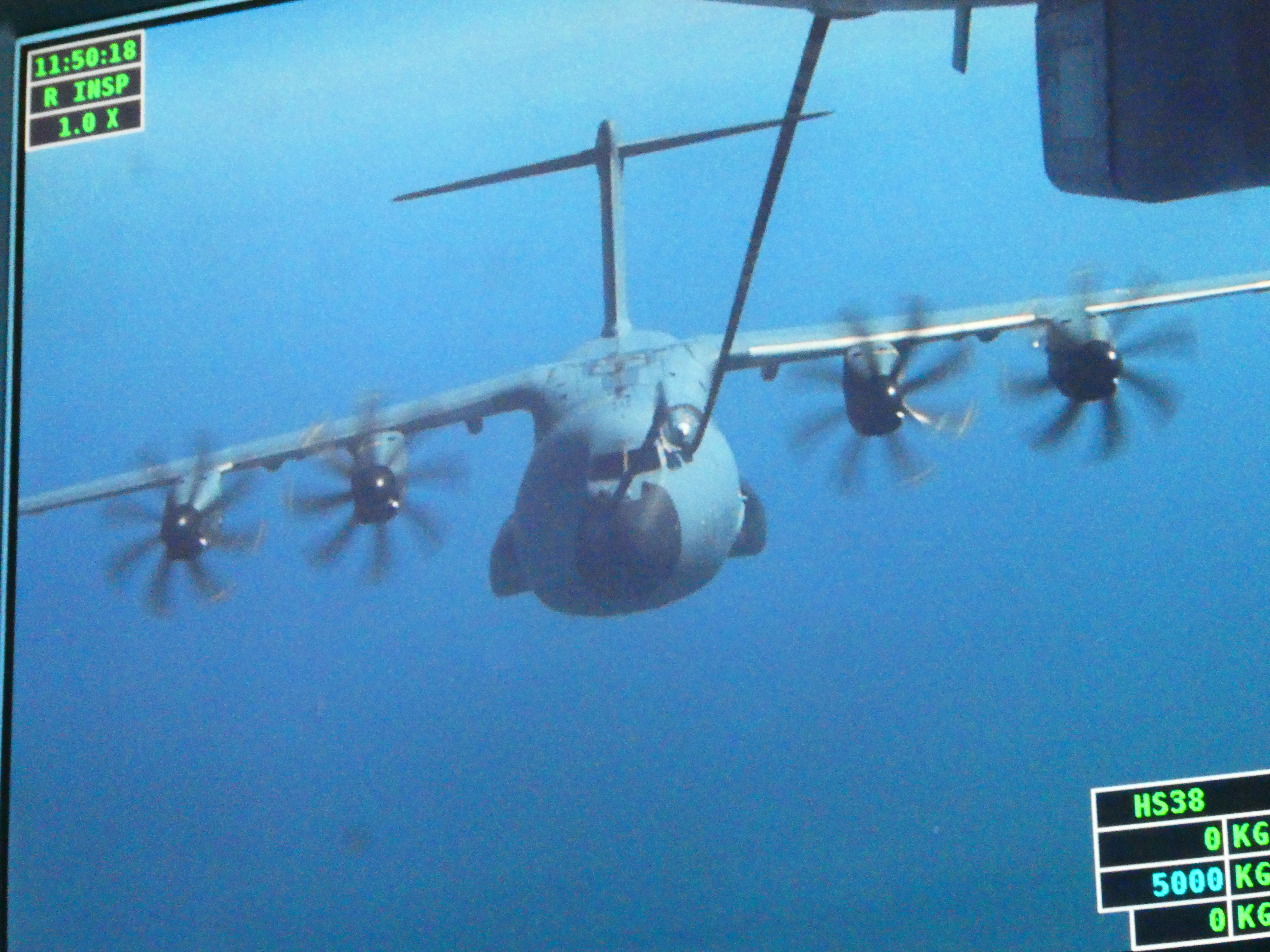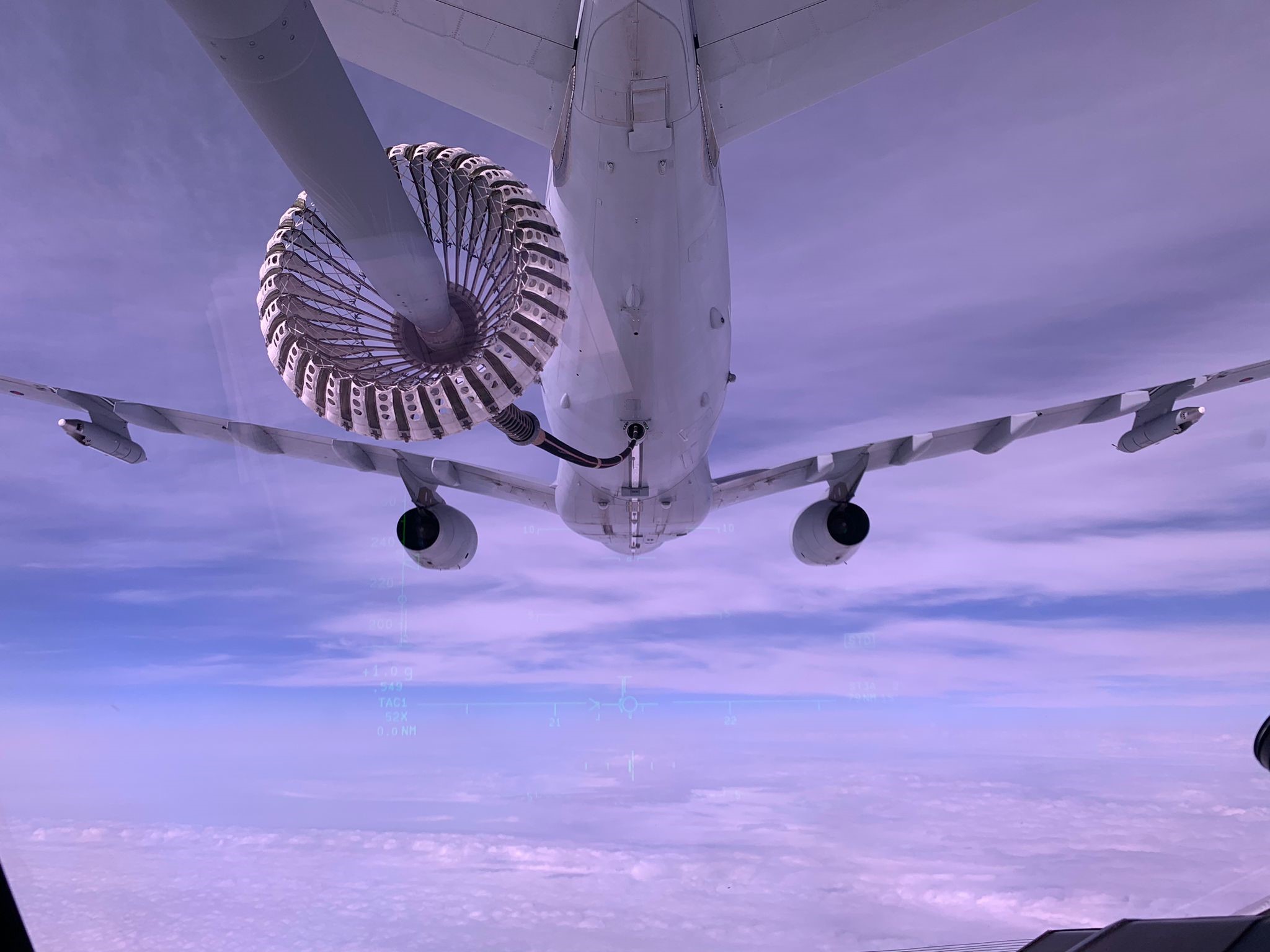The year 2023 marks 100 years of air-to-air refueling, a capability which has become a cornerstone of modern-day Air Power.
_Original_Image_m19513.jpg)
The air-to-air refueling concept was pioneered on 27 June 1923 in the USA when fuel was passed using a gravity hose between two De Haviland DH-4B aircraft, it’s use then grew over the decades into what we recognise today.

The ability to refuel in flight enables air assets to stay on task for longer and to fly further, providing the required flexibility and versatility to achieve mission success. Arguably the most memorable example of this was just over 40 years ago during the Black Buck raids which saw Vulcan aircraft strike the Falkland Islands during a 7500-mile round trip.
More recently this refueling ability saw the Atlas A400M achieve the longest single flight for its aircraft type at some 22 hours from the UK to Guam, after being refueled three times in transit. Additionally, most modern-day operations such as Baltic Air Policing and Operation Shader in the Middle East require aircraft to be regularly refueled in mid-air.

The refueling role nowadays is undertaken by a variety of different aircraft; for the RAF air-to-air refueling is carried out by Voyager aircraft from 10 and 101 Squadrons based at RAF Brize Norton. The Voyager can carry 111 tonnes of fuel and is a mainstay of RAF exercises and operations across the globe where it routinely refuels a multitude of aircraft.

Indeed, the ability to refuel many different aircraft types across a variety of partner nations is representative of the interoperability and collaborative working we see across Defence. So whilst air-to-air refuelling marks its 100th anniversary it continues to make its mark to this very day.



